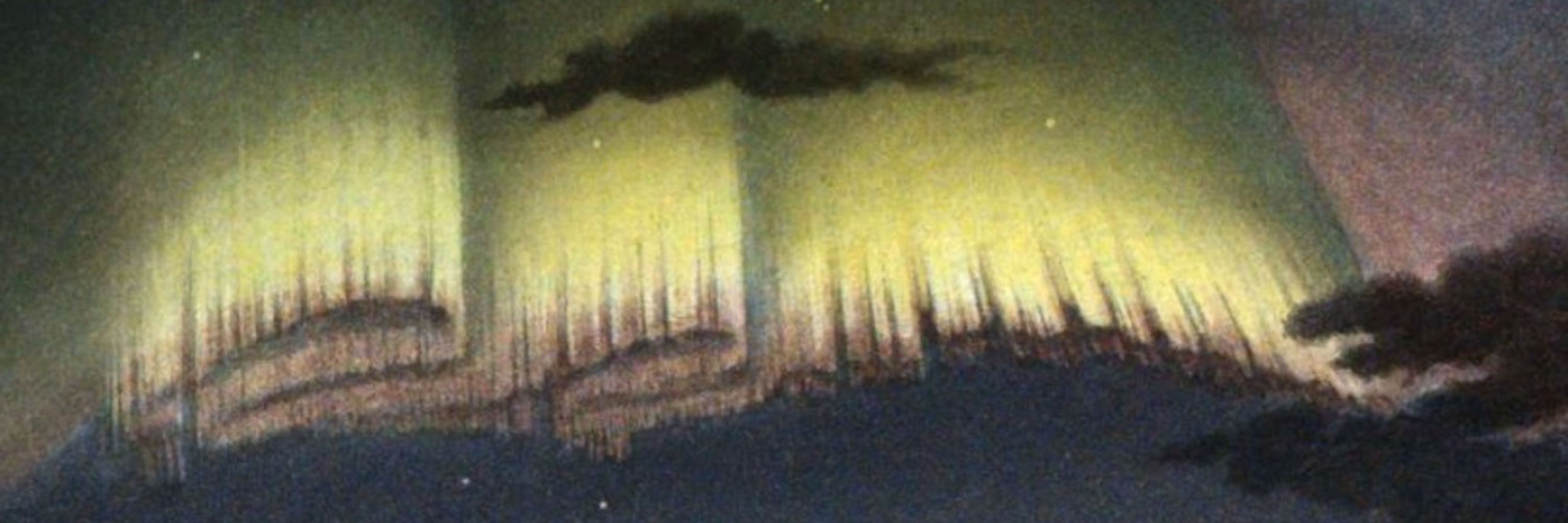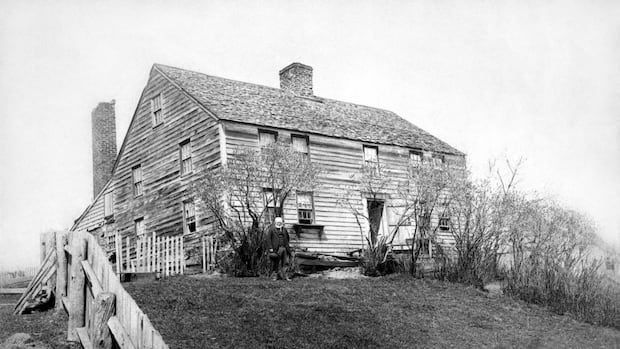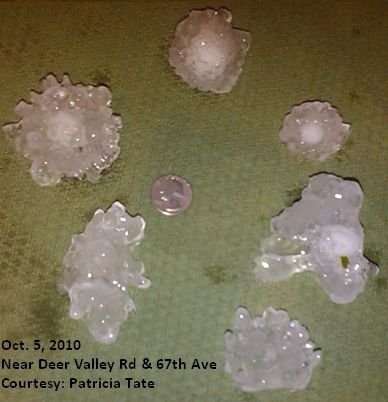Weather History
@weatherhistory.bsky.social
4K followers
2.8K following
1.5K posts
Your daily dose of historical weather and climate events.
NWS Meteorologist ~ Scott Doering
#weather #history #climate
https://sercc.com/weather-history/
Posts
Media
Videos
Starter Packs
Reposted by Weather History
Reposted by Weather History
Reposted by Weather History
Reposted by Weather History
Reposted by Weather History


























































